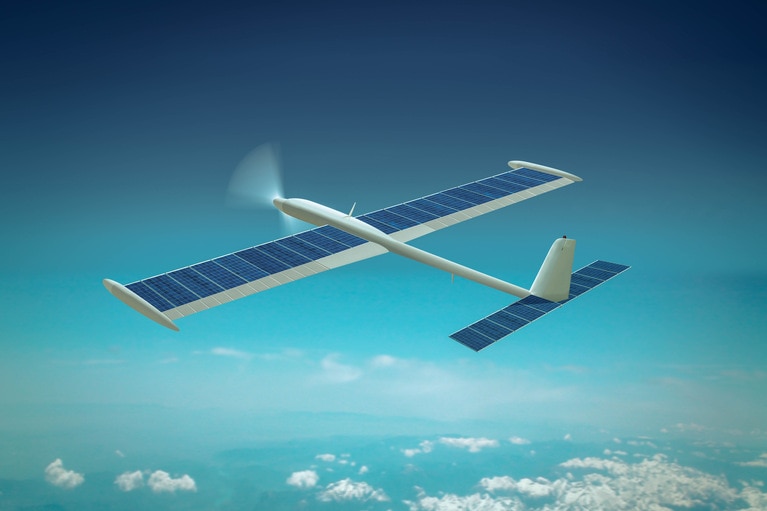
UAV Market Trends and Power System Seminar 2025 Taipei, Taiwan
Power modules enable top performance and innovation for today’s advanced UAVs
Industrial solutions and case studies
Case study: Portable X-ray system
New solid-state X-ray technology allows medical X-ray scanners to be more portable and battery operated, enabling medical professionals to check patients in any location. Medical X-rays typically need a short pulse of high-intensity radiation energy, which can conveniently be stored and supplied to the X-ray diode by a supercapacitor, in this case charged to 28V. Normally the 28V would be sourced from a number of Li-ion batteries in series. However, in a portable application, this type of battery array and charging system is too large and too heavy. The key goals were:
Use of a bi-directional DC-DC converter reduced the battery array to just one 2.7V Li-ion cell, reducing size and weight significantly compared to a typical boost converter solution. In addition, the bi-directional converter delivered higher efficiencies when charging the supercapacitor from a low voltage source, extending battery life. Key benefits were:
A Vicor VTM, operating in reverse, stepped-up the 2.7V input to provide a nominal 32V rail with an efficiency of more than 94%. For the supercapacitor charging circuit, a ZVS Buck-Boost converter regulated the 32V and provided the necessary current limiting. This architecture was accomplished in a footprint of just 8.6cm2. To analyze this power chain, go to Vicor Whiteboard online tool.
UAV Market Trends and Power System Seminar 2025 Taipei, Taiwan
Power modules enable top performance and innovation for today’s advanced UAVs
High-efficiency, high-density modules free up space for advanced communications and extend range
High-efficiency class of UAV depend on solar power to meet its long flight time requirements
High-density, high-power modules enable lighter, safer, lower cost tether cables to extend missions
This class of unmanned vehicle is powered and controlled via a tether from a ground-based power source assisting in extended missions
DCM DC-DC converters double the internal bus power and help keep the aircraft as light as possible
High-altitude long-endurance (HALE) UAVs are essentially flying satellites, designed to operate at extremely high altitudes for extended periods



